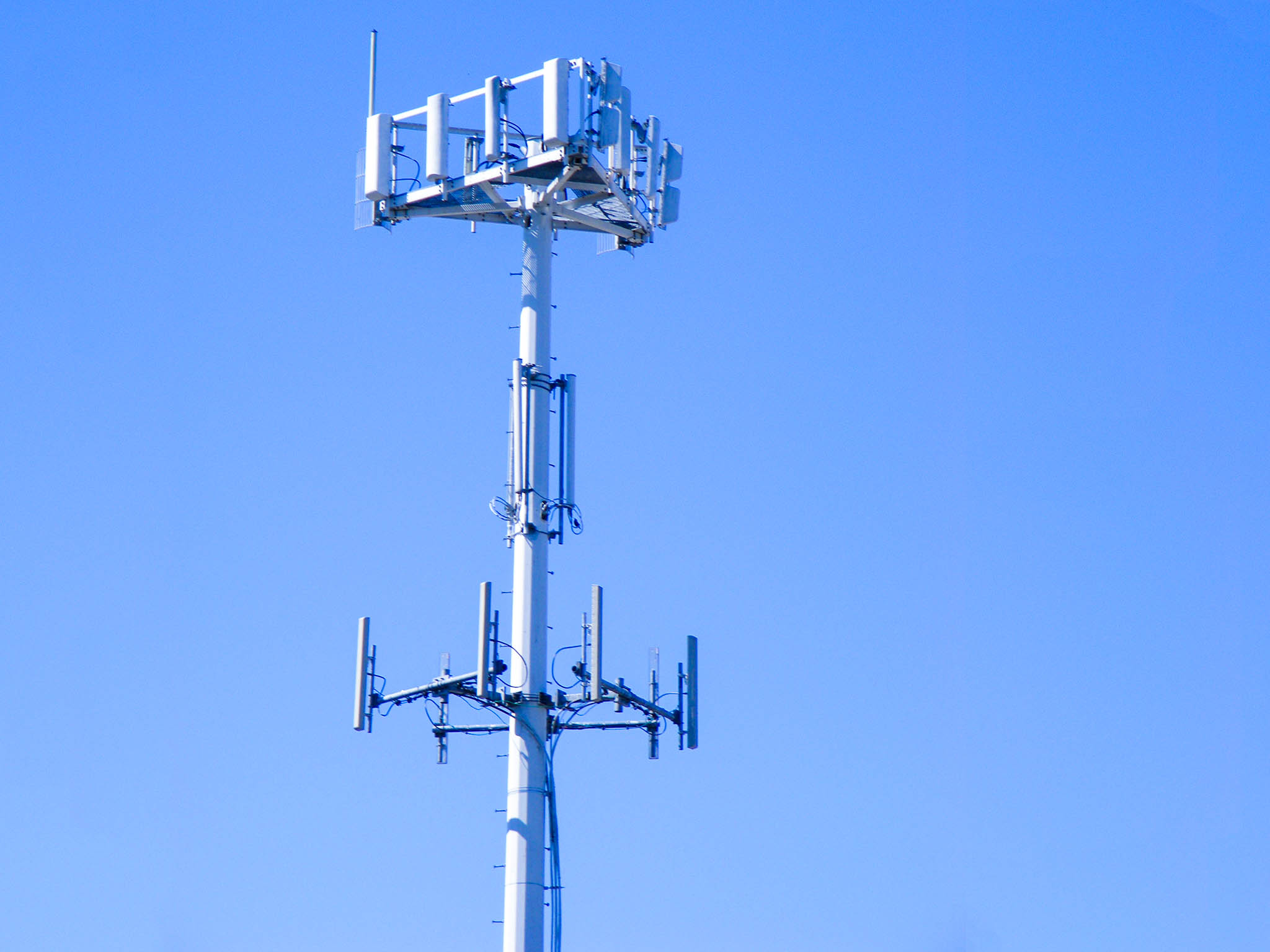If you've ever been through a town, you may have seen tiny cell towers for 5G on street light poles. They look like small boxes however, they're actually transmitting wireless signals from cellular providers to your phone.
They are replacing larger, purpose-built cell towers. While they're less noticeable however, they could create issues for users.
The FCC's Radiation Exposure Thresholds
The FCC's Radiation Exposure Thresholds determine the maximum amount of time an individual can be exposed to electromagnetic energy generated by wireless devices. The limits for exposure are based on research that show that RF energy could cause harm to health.
The rate of absorption called the specific absorption rate (SAR) is an indication of the radiofrequency energy absorption by tissues. It's usually 1.6 milliwatts per kilogram averaged over one kilogram of tissue.
However, because 5g transmits at higher frequencies and has the potential to cause greater energy intensity on the skin and other exposed body areas. This can result in various potential problems, including an increased appearance of skin disorders like dermatitis, cancer of the skin and cataracts.
Due to the potential for negative effects of 5G radiation, PSU has chosen to create a general limits on power density, which is 4mW/cm2 measured across 1 centimeter, but not to exceed 30 minutes for the entire 5G spectrum at 3000 GHz. This localized limit is consistent with the maximum spatial-average SAR of 1.6 W/kg, which is averaged over 1 g of tissue at 6 GHz.
The FCC's Maximum Exposure Thresholds for Maximum Exposure
Have you ever used a cell phone, then you've probably realized that the safest distance from the tower is at least 400 meters. This is because the transmitting power of cell towers increases drastically the further the tower is.
Although this may sound like an ideal idea, the reality is that people living in close proximity to towers could be more susceptible to health issues. For example, a study from 2014 in India found that those who lived within 50m from cell towers suffered much more health problems than those who lived farther far from antennas.
However, safe distance from cell tower showed that residents who moved to areas that were further from cell towers experienced their symptoms return to normal within a few days. Other studies have revealed that exposure to high frequencies of radiofrequency electromagnetic fields (EMFs) can lead to cancer, brain tumors, and other health problems.
This is due to the fact that the RF radiation utilized in wireless communications, can be absorbed by the body's outer layer, which is the skin. This is important to understand because the skin serves as a barrier to protect against injuries caused by mechanical forces, infections from pathogenic microorganisms, as well as the entry of harmful substances. Additionally, it is the biggest organ in the human body. It is responsible for maintaining the integrity of other organs.
The FCC's Minimum Exposure Thresholds for the Minimum Exposure
The FCC's Minimum Exposure Thresholds rely on various assumptions that aren't supported by evidence from science. They include the incorrect assumption that short-term exposures to RF radiation are safe because of the minimal radiation penetration in the human body (i.e., tissue heating).
The assumption also ignores the deeper penetration of the ELF elements of modulated radio signals, as well as the effect of short bursts of heat generated by RF waves that are pulsed. These theories are not compatible with the current understanding of biological effects of RF radiation. Therefore, they should not be considered for health protection exposure standards.
In addition to that, ICNIRP and FCC restrict its maximum levels of radiation exposure for local peak SARs, based on the peak spatial specific absorption rate (psSAR) which is an inadequate dosimetric tool for determining the level of exposure to radiofrequency radiation. Particularly, psSAR is safe distance from cell tower for frequencies above 6 GHz. In addition, psSAR is not been evaluated for RF radiation that is exposed to other environmental agents such as sunlight. Interactions of RF radiation and other environmental agents may result in antagonistic or synergistic effects. This can lead to an increased risk of negative health consequences. For Click here for more info , exposure to RF radiation with sunlight may cause an increase in the incidence of developing skin cancer and exacerbate other skin conditions like acne.

